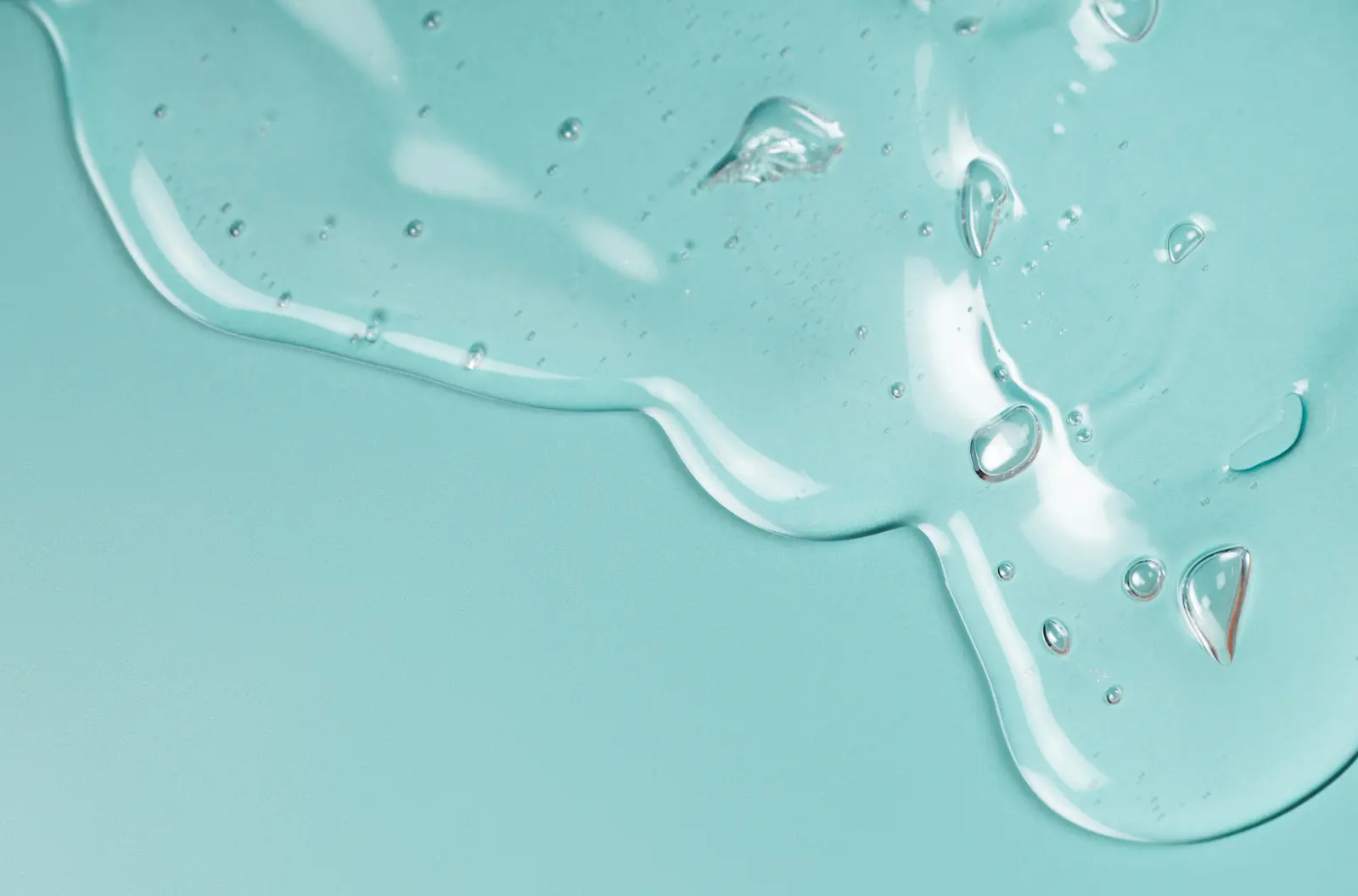Polyacrylamide gel is a material used primarily in gel electrophoresis to separate proteins, DNA, and RNA. It is created by polymerizing acrylamide with a cross-linker, forming a mesh-like structure. This gel acts as a sieve, allowing smaller molecules to move faster while larger ones move slower when an electric current is applied. The gel’s pore size can be adjusted based on the concentration of acrylamide, making it suitable for different types of molecular separations.
Polyacrylamide Gel Electrophoresis (PAGE) is a widely used technique in molecular biology, biochemistry, and genetics for separating proteins, DNA, and RNA based on their size and charge. This method provides a high-resolution separation of biomolecules, making it essential for detailed analysis and research.
Polyacrylamide gel electrophoresis works by applying an electric current to a gel matrix made from polyacrylamide. The gel acts as a molecular sieve, where smaller molecules move through the gel pores faster than larger ones. The separation occurs because the gel’s pore size restricts the movement of larger molecules, slowing them down as they travel through the matrix.
The gel used in PAGE is formed by polymerizing acrylamide with a cross-linker, typically N,N’-methylene bisacrylamide. The concentration of acrylamide in the gel determines the pore size, allowing the gel to be customized for specific types of molecules. For example, lower acrylamide concentrations create larger pores, suitable for separating larger proteins or nucleic acids, while higher concentrations create smaller pores for finer separation of smaller molecules.
Sample Preparation: The biomolecules, such as proteins or nucleic acids, are first mixed with a loading buffer, which often contains a tracking dye and a substance like glycerol to ensure the sample sinks into the wells of the gel.
Gel Loading: The prepared samples are loaded into wells at the top of the gel. Alongside the samples, a molecular weight marker or ladder is also loaded to help identify the size of the separated molecules.
Electrophoresis: An electric current is applied across the gel. Negatively charged molecules migrate towards the positive electrode (anode), with smaller molecules moving faster through the gel matrix.
Detection: After electrophoresis, the separated molecules are visualized using various staining techniques. For proteins, common stains include Coomassie Brilliant Blue or silver stain, while nucleic acids are often visualized with ethidium bromide or other fluorescent dyes.
Protein Analysis: PAGE is extensively used to analyze protein purity, molecular weight, and to separate proteins for further analysis, such as mass spectrometry or Western blotting.
DNA and RNA Analysis: In research, PAGE is utilized to separate DNA and RNA fragments, particularly for smaller nucleic acids that require high-resolution separation.
Genetic Research: PAGE is a critical tool in studying genetic mutations, gene expression, and in the development of molecular markers.
High Resolution: PAGE provides superior resolution, allowing the separation of molecules that differ by very small size differences.
Versatility: The gel’s pore size can be adjusted, making it suitable for a wide range of molecular sizes and types.
Reproducibility: The results from PAGE are highly reproducible, making it a reliable technique for consistent analysis.
When understanding what is polyacrylamide gel electrophoresis, it is clear that this technique is indispensable in scientific research. Its ability to provide detailed and accurate separation of biomolecules makes it a cornerstone method in many laboratories around the world. Whether for protein analysis, DNA/RNA studies, or genetic research, PAGE remains a critical tool for researchers.
Polyacrylamide gel and agarose gel are both used in electrophoresis to separate biomolecules, but they serve different purposes based on their unique properties.
Polyacrylamide gel offers much higher resolution than agarose gel. This means polyacrylamide gel can separate molecules that differ only slightly in size, making it ideal for protein separation or for analyzing smaller DNA and RNA fragments. Agarose gel, on the other hand, is better suited for separating larger DNA fragments, typically above 500 base pairs.
Polyacrylamide gel provides greater control over pore size, allowing for precise adjustments by varying the concentration of acrylamide. This flexibility is essential when separating molecules of different sizes with high accuracy. Agarose gels have larger and less uniform pores, which limits their resolution compared to polyacrylamide.
Polyacrylamide gel is commonly used for techniques such as SDS-PAGE, which is essential for protein analysis. Its ability to resolve small differences in molecular weight makes it a preferred choice in many biochemical and molecular biology studies. Agarose gel is typically used for separating larger DNA fragments, like those in plasmid DNA or PCR products.
Polyacrylamide gels are stronger and more durable than agarose gels, making them less prone to breaking or tearing during handling. This makes polyacrylamide gels more reliable for delicate applications, such as when multiple runs are needed or when gels must be handled extensively.
When deciding between polyacrylamide gel and agarose gel, the choice often comes down to the specific requirements of the experiment. For high-resolution separation of smaller molecules, particularly proteins, polyacrylamide gel is the superior choice. Its precision, durability, and versatility make it indispensable in many laboratory settings, whereas agarose gel remains the go-to option for larger DNA fragments.
Choosing the correct percentage of polyacrylamide gel is crucial for achieving optimal separation of proteins or nucleic acids during electrophoresis. The percentage refers to the concentration of acrylamide in the gel, which determines the pore size and, consequently, the resolution of the separation.
Low percentage polyacrylamide gels, ranging from 4% to 8%, have larger pores and are ideal for separating larger molecules. These gels are typically used when working with large proteins or DNA fragments, as the larger pore size allows these bigger molecules to move more easily through the gel.
Gels with a medium percentage, typically 8% to 12%, are used for separating a broad range of protein sizes. This concentration is often chosen for general protein analysis, where proteins of varying sizes need to be resolved with good accuracy.
High percentage gels, such as 12% to 20%, have smaller pores and are best suited for separating small proteins or nucleic acid fragments. These gels provide higher resolution for smaller molecules, allowing for the precise distinction of proteins or fragments that differ only slightly in size.
For complex mixtures or when a wide range of molecule sizes need to be separated, gradient gels are often used. These gels have a range of acrylamide concentrations, from low to high, across the length of the gel. This allows for the separation of both large and small molecules in the same run, providing a more comprehensive analysis.
The percentage of polyacrylamide gel you should use depends on the size of the molecules you are analyzing. Lower percentages are better for larger molecules, while higher percentages are suited for smaller molecules. For a broad range of sizes, gradient gels offer an effective solution. Choosing the right gel percentage is key to achieving accurate and reliable results in electrophoresis.





